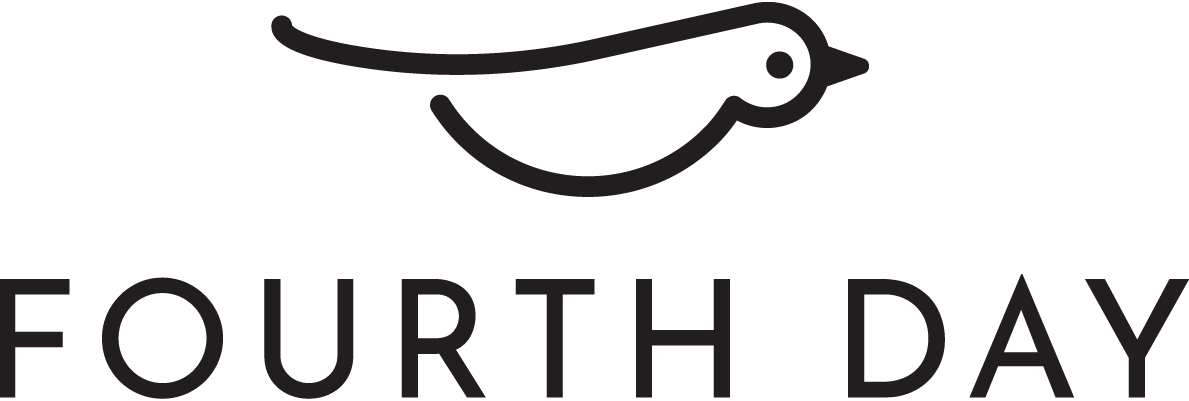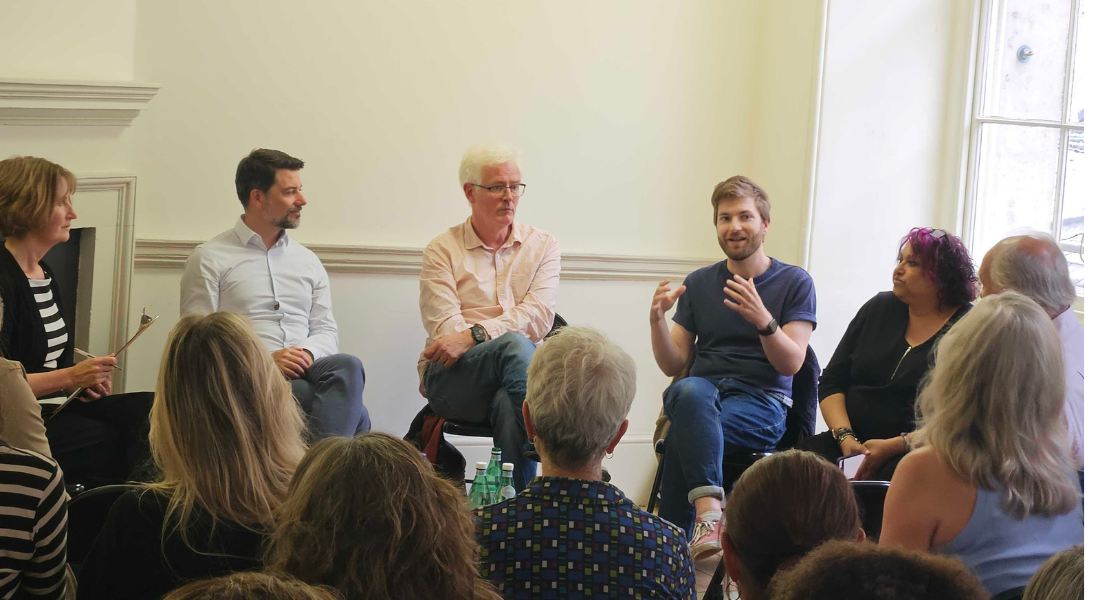Substack - targeted journalism or a mess of opinions?
By Caroline Fletcher
S ubstack is not yet comfortable territory for PRs.
Founded in 2017, the newsletter platform delivers articles by journalists and thinkers directly to your inbox. The platform has risen to prominence in the past few years – and at the moment it’s only behind The New York Times for the most digital subscribers.
Substack’s rise amongst the mainstream media has gone under the radar. As the circulation of traditional publications has waned and social media platforms have grown, Substack has steadily built up its user base. As a result, it’s now gaining more attention from the PR world.
With over 5 million paid subscribers (as of March) and some 35 million active readers, Substack is an important industry player. In the UK, independent outlets like The Mill and The Lead operate through newsletter platforms to deliver high quality content. Individual journalists often use Substack as a place to report and investigate beyond their traditional remit – and crucially, they can be paid for it.
With a highly segmented audience, an algorithm-powered feed and a string of conspiracy theorists let loose in long form, however, it’s worth asking; is this a valuable, and trustworthy, place for PRs to operate in, or is it just a social media platform where a small amount of expert insight can be found?

"As the circulation of traditional publications has waned and social media platforms have grown, Substack has steadily built up its user base. As a result, it’s now gaining more attention from the PR world."Caroline Fletcher Senior Account Manager, Fourth Day
Starting with the positives, Substack’s primary asset is its enormous subscriber base with, at least in theory, a highly segmented audience for just about any subject. Authors can build important followings. Whether it’s 100 or 10,000 readers, each has subscribed to hear more from a journalist or author’s point of view. So if the journalist is interested in the story you’re sharing, you can be confident that the majority of the audience will be too. And a journalist with a loyal readership can have real impact.
Often, these authors are media-savvy, producing podcasts, YouTube videos and more to reach their audience through various touchpoints. Their Substack may be just one part of a wider media presence. Sometimes other journalists subscribe to newsletters for original perspectives and fresh content – a great place for your spokesperson to be noticed.
On the other hand, the thriving eco-system isn’t perfect by any means – and for the following reasons (including quite a large, last one), it must be approached with care.
Firstly, connecting with your ideal influencer can be hard. You need to put the work in to identify those who have the right following and who are posting authentic content. The majority of the platform’s audience is still based in the US. According to Similarweb, its other main markets are the UK, India and Australia. This can make it tough to connect with a British niche – when you’re targeting a specific sub-sect in, say, tech, it will still likely still be an international audience.
Perhaps the most important drawback, however, is the lack of editorial oversight. Journalists going it alone don’t have the luxury of editors or deputy editors. The work that you’re providing to the Substacker must be polished, to help them roll with your insight as smoothly as possible.
Freedom from editors also means, for a lot of writers who use Substack, freedom from facts. And decency. Articles your brand is quoted in may be shown alongside equally important work, but it may also find itself alongside conspiracy theories and in a quagmire of angry voices. It’s never ideal in a trade paper having your spokesperson pictured next to a controversial headline – this impact can be multiplied in Substack. In 2023, this side of the platform was put in plain words by The Atlantic, who said, Substack has a Nazi problem – a problem you do not usually have to consider with traditional media.
This is exacerbated by Substack’s feed, which apes social media. You can be served up irrelevant content which doesn’t match your subscriptions.
So, treat Substack with the care of X or Facebook, but be aware that its potential for impact with a specialised target audience can outstrip that of a traditional publication.
Share this:

The author
Caroline is a senior account manager and is based in the Manchester office




